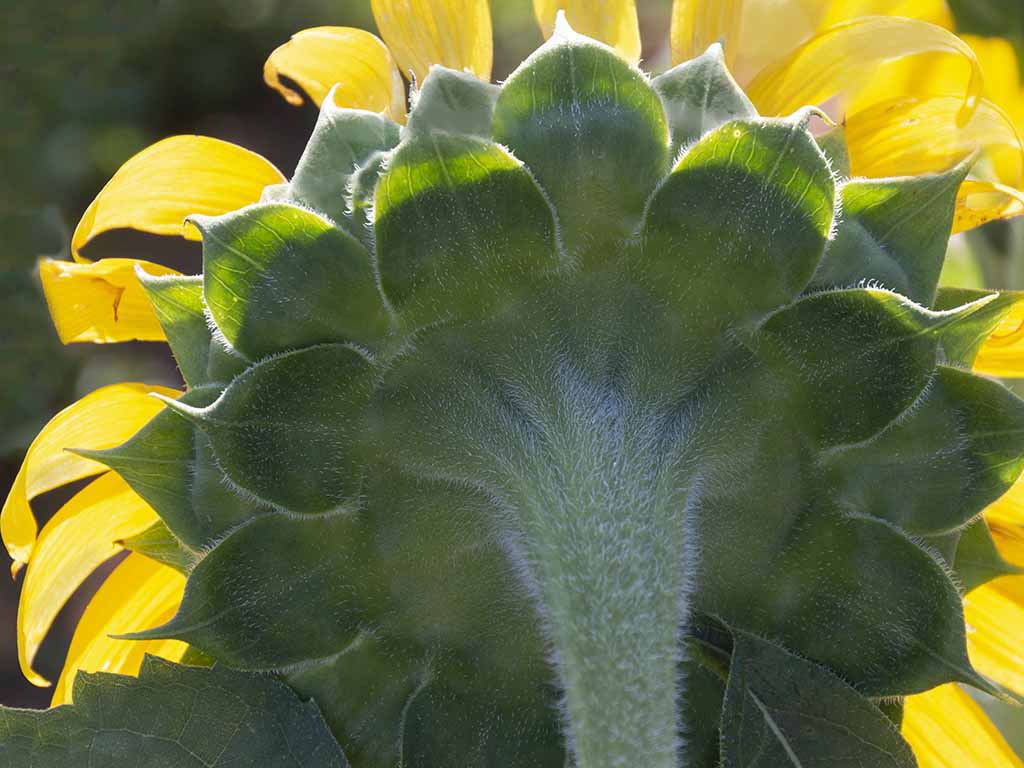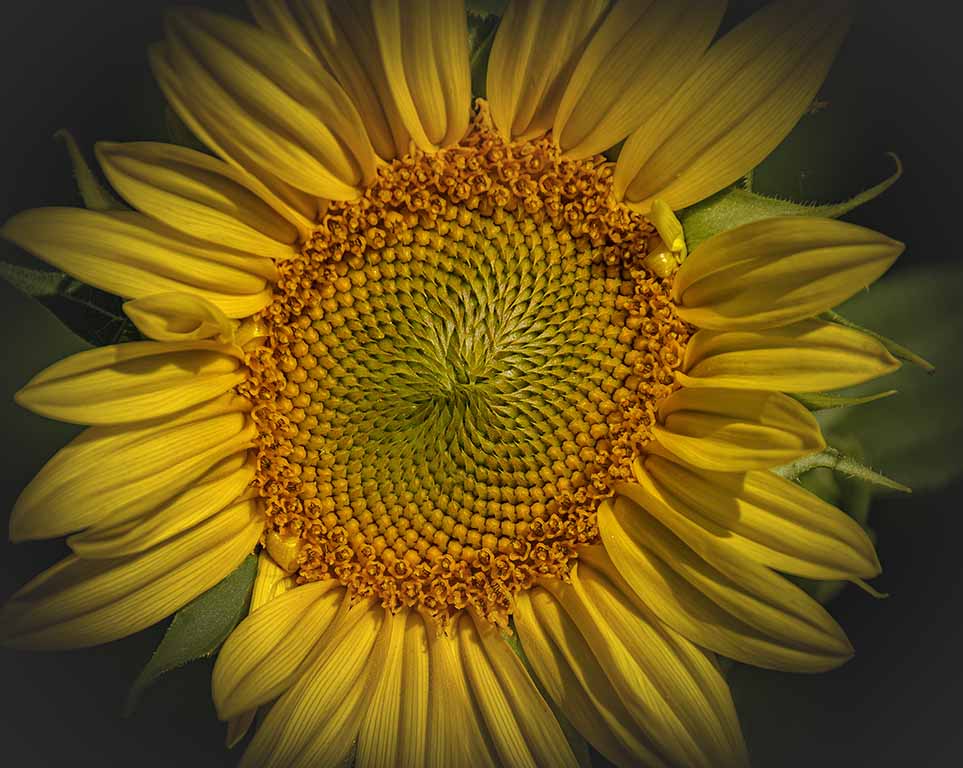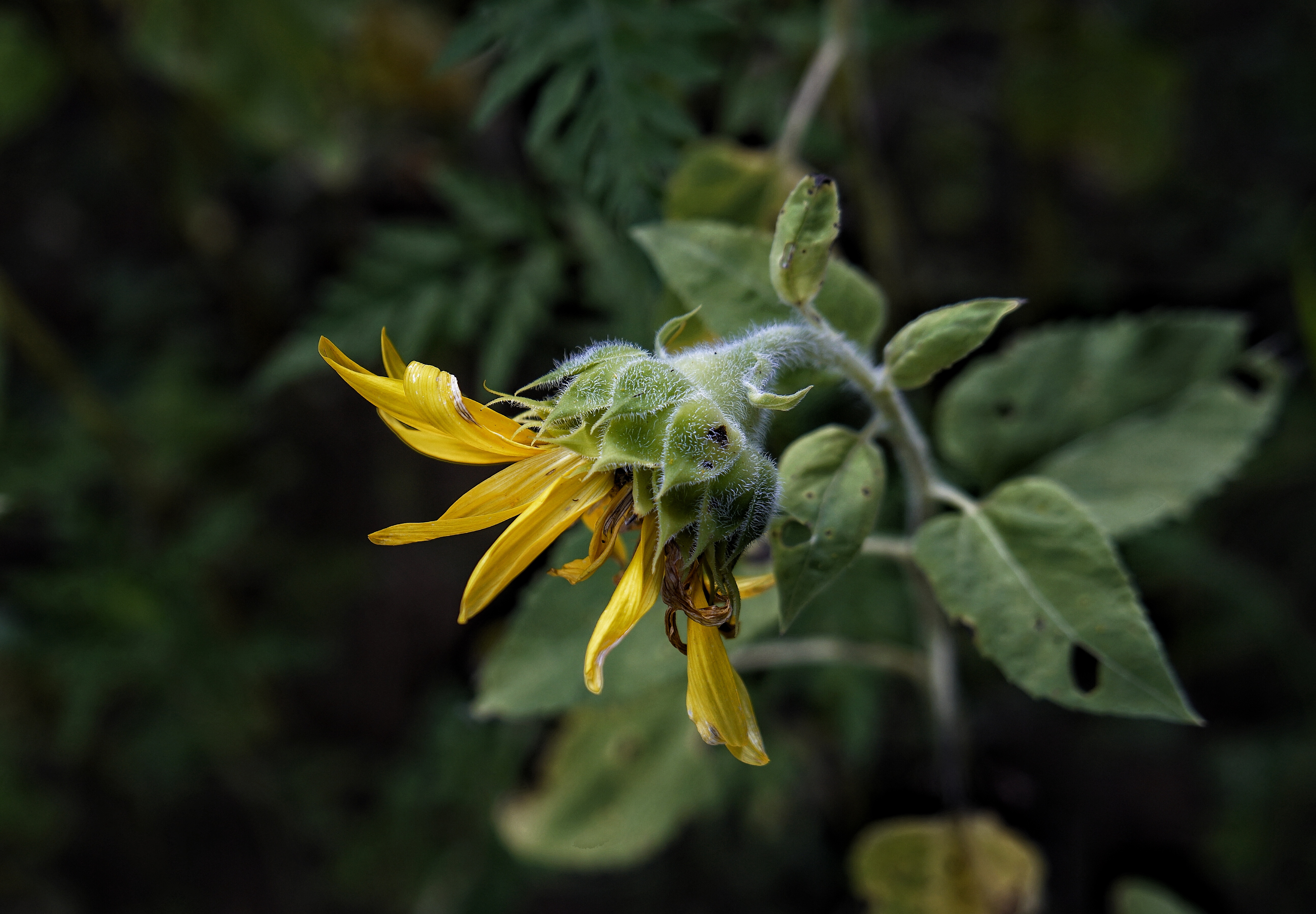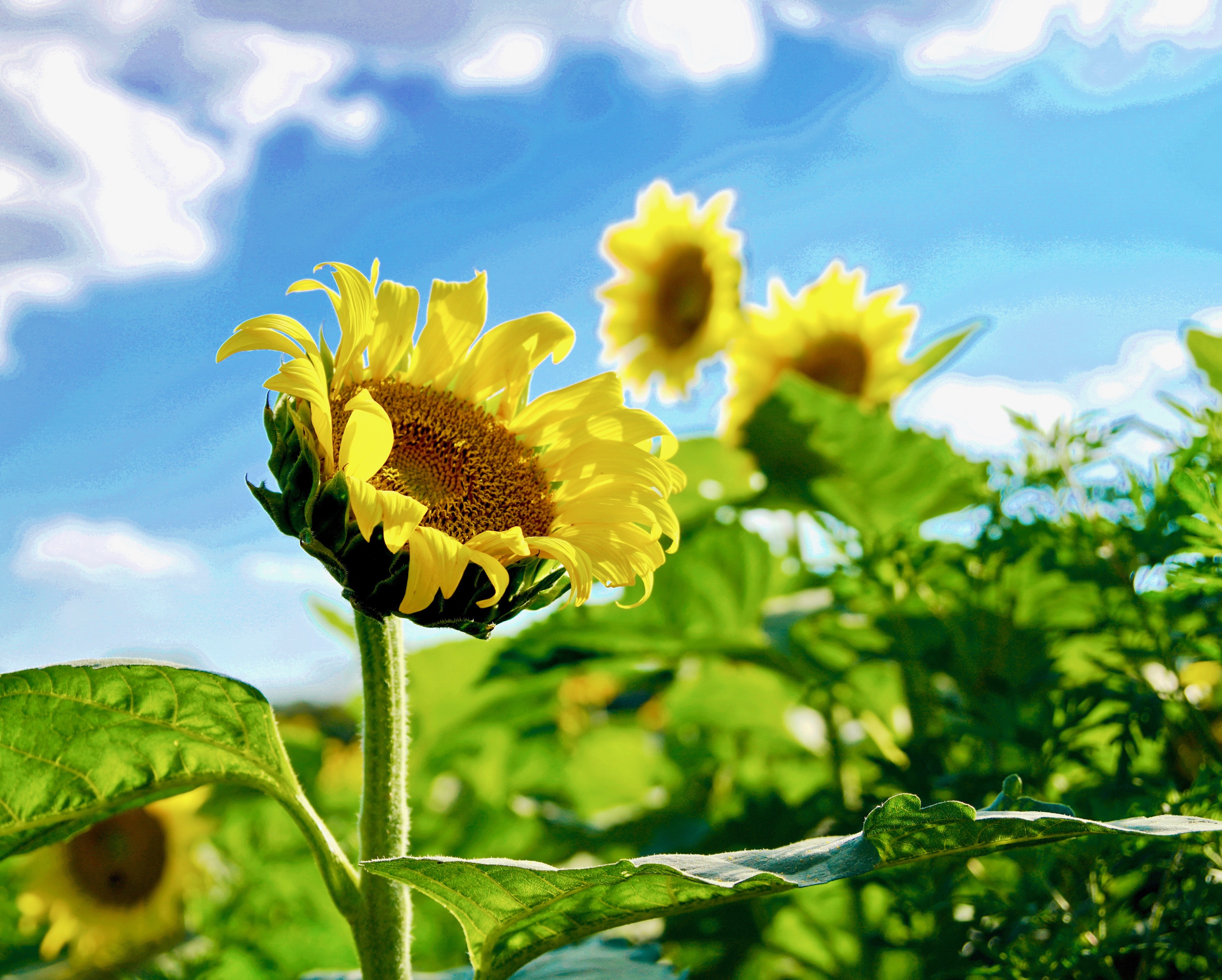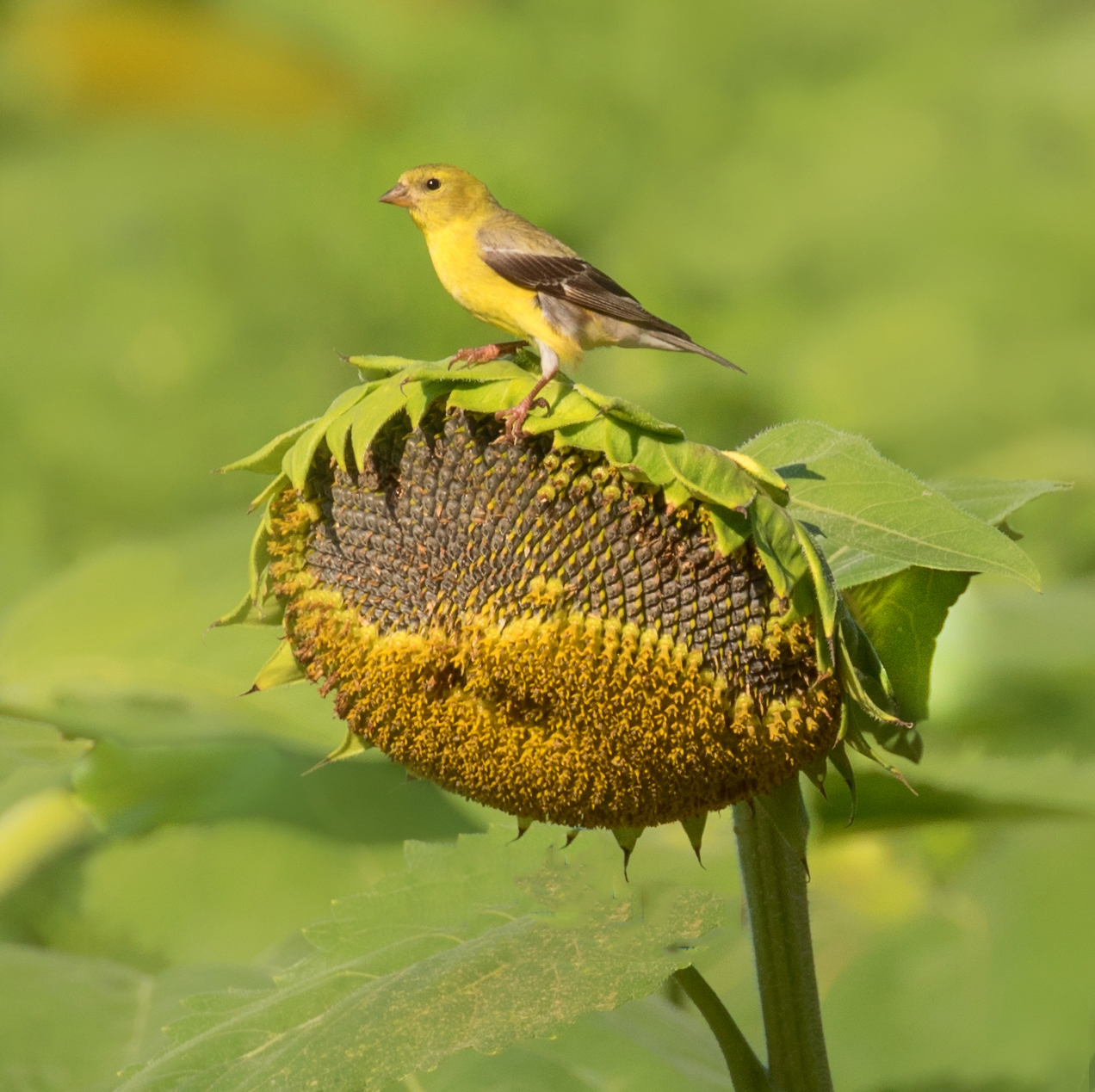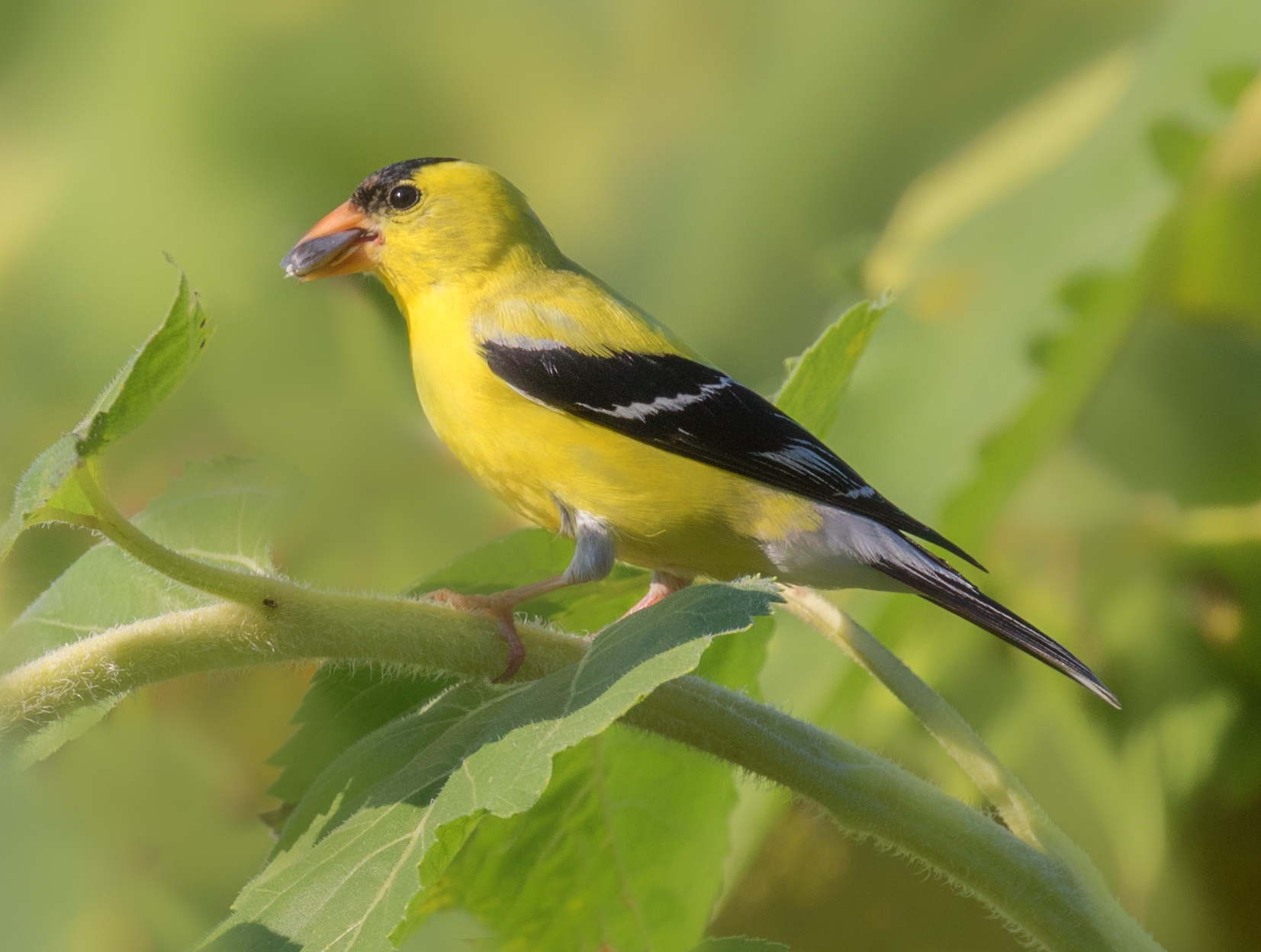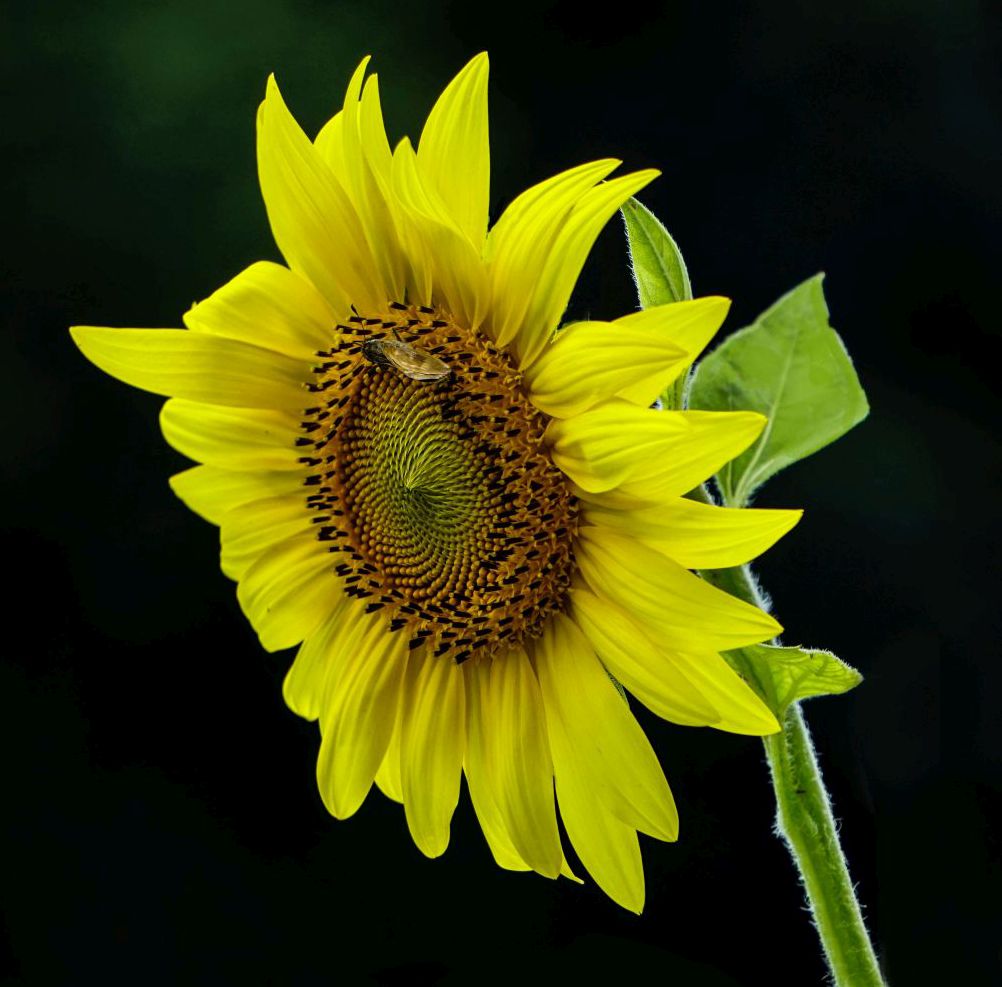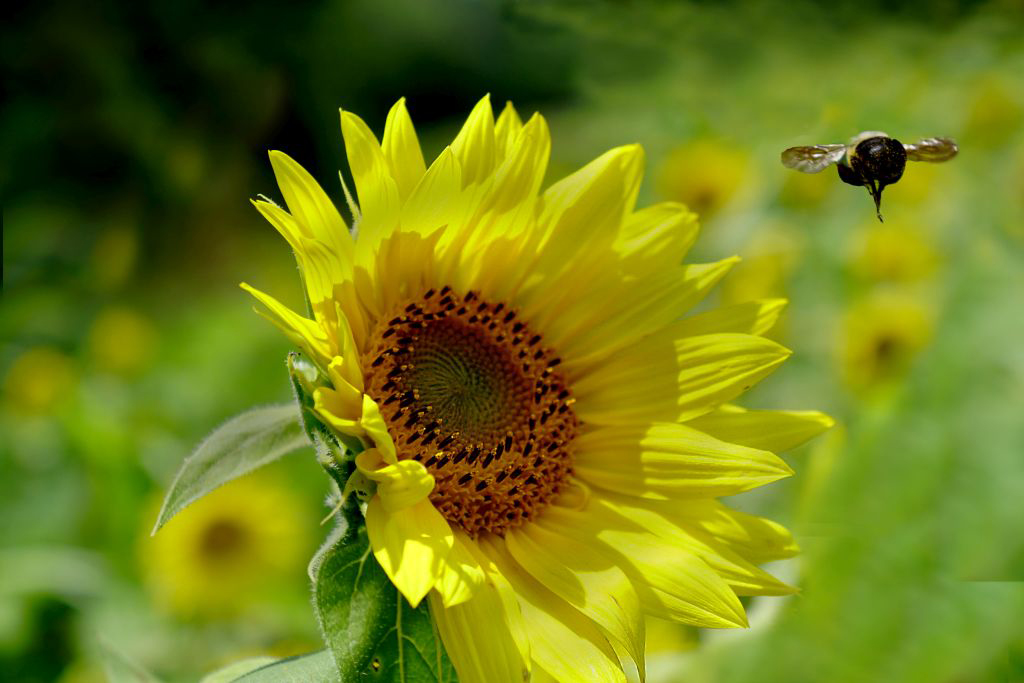by Wendy Kates, Lisa Auerbach, Anne Golfer & Renee Schaefer
As photographers, we strive to capture a photographic subject from our own, unique perspective. As many of us have discovered after we’ve shared our images from a SSCC field trip, each of us is fascinated by different and unique elements of the same subject. Let’s say we are photographing the Lincoln Memorial. Our compositions may differ: whereas one of us captures the Memorial from the grounds of the Washington Monument, thereby including the Reflecting Pool in the foreground, another maintains a tight focus on the Memorial itself, while a third photographer zooms in on Lincoln’s face. Our viewpoints differ too: some of us stand in front of the Memorial and shoot at eye level, some kneel on the ground and point our cameras up, and the adventurous among us climb a tree and point our cameras down! We create unique “subjects-within-the-subject” as well, by either focusing on the architecture of the structure itself, or on the diversity of the folks visiting the Memorial, or on the sun setting behind the building. Thinking about a photographic subject from multiple perspectives can not only result in unique, creative interpretations of an iconic, much-photographed subject, but also can broaden our skills as photographers. Here, we illustrate the ways in which four SSCC photographers, with four different perspectives, each applied her own, individual interpretation to the same general subject, resulting in four sets of unique images.
First, let us introduce the McKee-Beshers Wildlife Management Area, located in Poolesville, Maryland. Although McKee-Beshers WMA attracts hunters in the autumn, the big attraction in summertime is the three glorious sunflower fields filled with treats for birds, insects and photographers alike. Once the challenge of parking is conquered and enough mosquito repellant applied, the rest is easy. Surrounded by nature in a field of yellow, you can lift your camera and express yourself creatively in multiple ways.
Perspective #1 / Lisa Auerbach:
When I visited McKee-Beshers, the sunflowers were past their prime. Although new flowers were blooming, I found that old, brown, dead flowers were part of the background. Therefore I decided to shoot close up to find a way to present the sunflowers in a different way.
In this image, I focused on the back of the stem. The leaves of the sunflowers provided the right amount of color and sunlight. The small white hairs added texture and interest. A wide aperture resulted in a good bokeh, a background with the right amount of blur. For this image I used my Canon 70D; Tamron 160-300mm on a tripod at 55mm; Settings: f/5; 1/500; ISO 200. I used a fast shutter speed to combat wind movement.
The second sunflower was not yet mature and provided an interesting disk, the center design. I have often been told by judges to decide and crop for what I want to show. Therefore I chose a close crop, again with just enough leaves to give context to the image. I added a vignette to bring the eye to the center of my image. My camera was again the Canon on a tripod. This time settings were: 300mm; f/6.3; 1/500; ISO 100.
Perspective #2 / Anne Golfer:
I was at the McKee-Beshers sunflower fields during mid-afternoon. Shooting was a challenge because in order to get a frontal view of the flowers, one often had to shoot directly into the sun.
For my first shot, I used a Sony a6500 mirrorless camera with a Sony E 16-70mm F4.0 ZA 0SS lens at 44 mm; ISO 100, f/4, -0.3 exposure compensation, 1/250. My goal was to include as much detail on the flower as possible, while still including the surrounding petals and getting as much of the hair-like growths in focus as possible. The flower was in the latter stage of its lifespan, which I think yields as much beauty as one in full bloom. I brightened the inside of the flower and darkened the background by editing with the Mac Photo program, as well as Snapseed, a cell phone app.
My second shot is a style I often use — whimsical, cheerful, vivid, and over-saturated. I used the same camera and 16-70mm lens as above, set at 38 mm; ISO 100, f/4, +0.7 exposure compensation, 1/1000. The main sunflower in the original photo was dark and I had to experiment quite a bit to achieve this level of brightness, as well as yield the blurred background and oversaturated sky. The original photo was also wider (3×2), but in order not to center the main flower, I had to crop the left side more than I would’ve liked. My editing tools were Mac Photo, Snapseed, Handy Photo and Instagram (the latter three, cell phone apps).
Perspective #3 / Wendy Kates:
I took my telephoto lens and tripod to McKee-Beshers WMA with the goal of photographing birds within the habitat of the sunflower fields. This was a fortuitous decision because, like Lisa, I discovered when I arrived that the sunflowers themselves were past their prime. As it turned out, the flowers that were going to seed were the ones that were the most attractive to the birds. Initially, I was disappointed that an Indigo Bunting, a species that has (reportedly) frequented the sunflower fields for the past two years, did not appear the morning of my photo shoot. However, I soon discovered that the fields provided a natural habitat for the ubiquitous American Goldfinch.
Both images were captured with my Canon 7D II, my 100-400mm f/4.5-5.6L IS II lens, and a Gitzo carbon fiber, travel tripod. In the image above, I was struck by how the colors of the female goldfinch provided an ideal complement to the colors of the fading blooms. My settings included an ISO of 250, focal length of 400mm, f/ 5.6 (the maximum aperture at that focal length), and a shutter speed of 1/800 seconds. After reducing the sharp shadows, I cropped the image to emphasize the bird and the bloom together, and used NIK Color Efex Pro to tweak the tonal contrast.
The second image, of a male goldfinch with a sunflower seed in his beak, illustrates the importance of the sunflower field habitat as a source of nutrition for wildlife. In this image, therefore, I emphasized the bird and seed, whereas the yellow and green bokeh in the background only suggested the presence of the actual sunflowers. My settings included an ISO of 250, focal length of 400mm, f/ 5.6, and a shutter speed of 1/1250 seconds. Since the bird was a considerable distance from me, I cropped the image to about 15% of the original. I painted over several brown, unappealing branches in the background, and similar to the previous image, used a NIK plugin to tweak the tonal contrast.
Perspective #4 / Renee Schaefer:
Both of these images were captured with my Sony A6300 mirrorless camera using aperture priority. I used my 55-210 mm telephoto lens.
The first image was shot at F6.3, 1/1000 sec, ISO 800, and 170mm which for my crop sensor is 255mm at 55mm equivalent. I used spot metering set on the insect. I thought the moth would add some interest to the center of the sunflower which I also wanted to keep sharp. Although the background appears to be almost black in this image, it is actually a very deep green in the larger image which is the greenery from the other sunflowers in the field.
The second image was taken at F5.6, 1/1000 sec, ISO 250, and 55mm which is 85mm at 35mm equivalent. I also used spot metering, but it was set on the center of the sunflower. The center of sunflowers are very interesting to me. Not only is there a unique pattern in the very center, but that pattern is surrounded by a rim and then the actual petals and greenery. I focused on the center area of the sunflower because of this complex configuration. The petals are a bit soft and the sunflowers in the background add to the bokeh. Because the bee was on the same line of vision as the flower, it ended up being in focus as well. I did not see the bee when the shot was taken, but it is now my favorite part of the image!
We hope we have illustrated the way that our varying perspectives permitted us to produce unique and hopefully creative images of McKee-Beshers Sunflower Fields. If you are interested in reading more about viewpoint and perspective, we have included links to some useful articles.
http://learn.usa.canon.com/resources/articles/2017/travel-photography-working-the-subject.shtml

